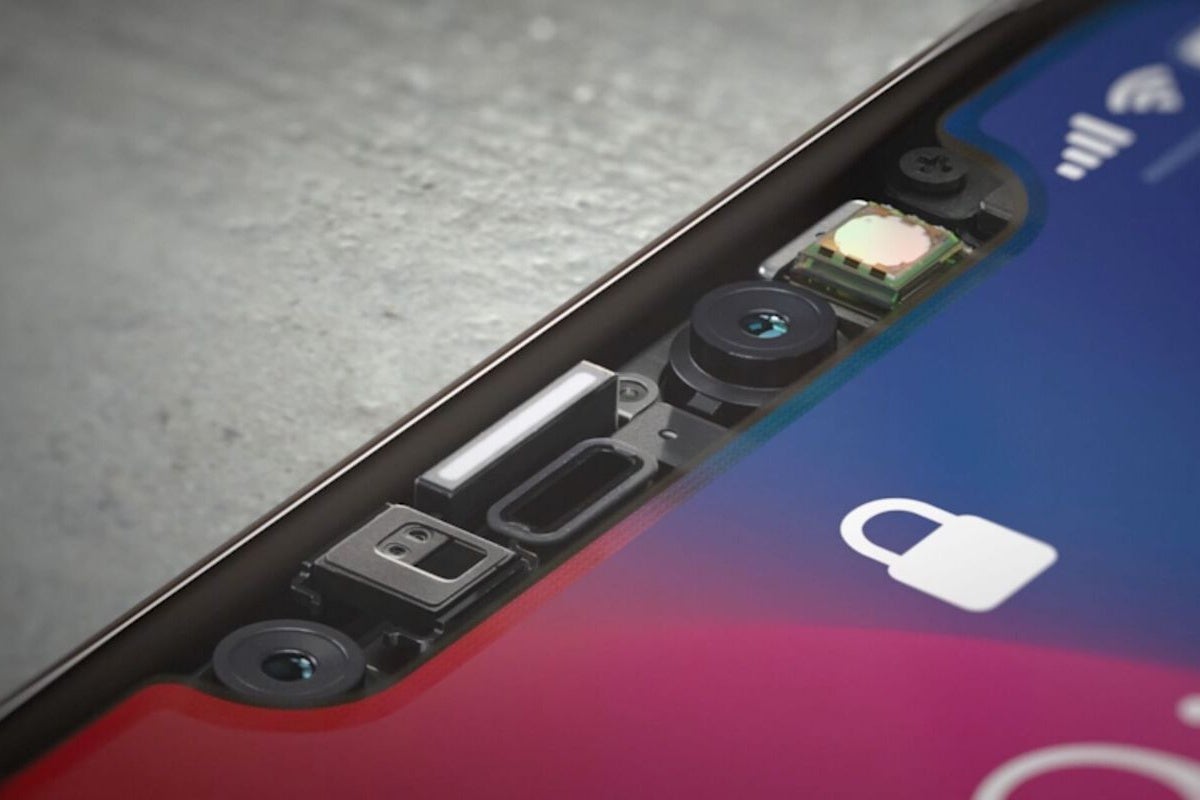How to take control of Face ID (with tools you may not know exist)

Credit to Author: Jonny Evans| Date: Mon, 15 Jul 2019 09:00:00 -0700
If you travel frequently and use an iPhone or iPad then you simply must familiarize yourself with these two tips – they’ll make it much easier to secure your device and its contents when you are on the move.
I’ve become very used to using Face ID. It’s seamless.
On the iPhone, I like that I can pay for groceries with a look and find it much easier to use in the dark than the Home button.
My iPad experience is similar, but I do get annoyed sometimes that I must raise the tablet slightly to get the face angle right – this isn’t always as intuitive as I would like.
All the same, given Apple’s claim that there is a 1 in 50,000 chance that someone else’s fingerprint will unlock your iPhone and a 1 in 1,000,000 chance that it will be unlocked by another person’s face, I’ll always opt for the highly secure choice.
But it’s not always the right idea.
Every traveller may sometimes find themselves in a situation in which they feel threatened or vulnerable.
With Face ID, a person who gets their hands on your device can conceivably open it just by holding it up to your face.
This is a security challenge and can also be a privacy challenge depending on where you are. If you are carrying highly confidential data on your device then the challenge is even greater, particularly if carrying trade or business secrets.
Apple has a plan for this:
You can disable Face ID if you fear you may be in a situation in which someone can access your device.
All you need to do is hold down the side button and either the up or down volume buttons for around two seconds.
You will feel a vibration in your iPhone to let you know Face ID has been disabled.
Anyone wanting to open your device will need to input your passcode.
You can also control what Face ID authorizes.
You may want Face ID to authorize Apple Pay payments and App Store downloads, but want to continue to use a passcode to open the device, for example.
Apple provides you with Settings to personalize what Face ID does in Settings:
Open Settings>Face ID & Passcode.
You will find numerous ways to control what it does, including (at the top of the page):
In each case, you can enable and disable the feature by unchecking the box.
The personalization options don’t stop there. Look further down the page and you’ll find settings that let you set what options you can access when your device is unlocked.
These include:
While many of these can be considered fairly benign, some iPhone and iPad users may want to hide the apps from prying eyes. (I always disable Siri from the Home screen to stop it going off randomly.)
Security on mobile devices is a permanently changing space.
There are a multitude of threats users need to be prepared for, and while iOS is certainly a far more secure platform there’s little ground for complacency.
Apple certainly isn’t complacent about device security, which is why it introduced an extensive range of security and privacy enhancements in iOS 13, which you can read about here.
Stay safe out there!
Please follow me on Twitter, or join me in the AppleHolic’s bar & grill and Apple Discussions groups on MeWe.